ARTIST: Henri-André MARTIN (1918-2004)
TECHNIQUE: Oil on canvasPERIOD: 1968
DIMENSIONS without frame: 63 x 92 cm
DIMENSIONS with frame: 71 x 97 cm (American box)Signed lower right. Titled, located and dated on the back.Sold with the frame.
Landscapes, still lifes and pointillist nudes, these are the themes that Henri-André Martin (1918-2004) addressed throughout his life through painting. Trained alongside Joseph Lamberton and Henri Grosjean, then at the École des Beaux-Arts in Lyon, the artist nevertheless followed his father's path by becoming a doctor in Lyon, where he practiced his entire career. But this does not prevent him from devoting himself, in his free time, to his passion, painting, approaching through it the themes that are dear to him. A practice to which he fully devoted himself upon his retirement in 1985. Passionate about art, he also collected the works of his contemporaries, sourcing mainly from the Malaval gallery in Lyon, owned by his partner, and becoming the patron of artists such as Joseph Alessandri, Pierre Pelloux and Jacques Truphémus. Henri-André Martin had the opportunity to travel both in France and abroad. Opportunities which he used for his painting composing numerous landscapes, from the beaches of Saint-Tropez and Deauville, to the streets of Lyon, Paris, Venice and the Nîmes train station. The artist thus reveals the Lyon sites that are dear to him, showing the Saône, Fourvière or the Parc de la Tête d'Or, before taking on the most emblematic monuments of the capital, from the Sacré-Cœur to Notre-Dame. Due to his profession as a doctor, Henri-André Martin is always in research and works in an almost scientific manner. When he approaches a theme like the nude, he multiplies the tests, techniques, colors and deepens his subject, through a serial work. The nude is then treated as much in pencil as in pastel or oil, and flourishes from the sketch to the large pointillist formats. In the same way, religious subjects are a pretext for the chromatic and technical experiments of the painter who declines in several colors and formats the crown of thorns of Christ. This research is oriented from the 1980s towards a work of the material, within increasingly abstract canvases. Thus the landscapes of the Alpilles, the trees, and more particularly the olive trees, flourish in compositions halfway between abstraction and figuration. *This work is sold as is, its nature as a second-hand item implies the buyer's acceptance of the possibility that it may contain signs of use, wear, fragility, age or restoration due to the passage of time.



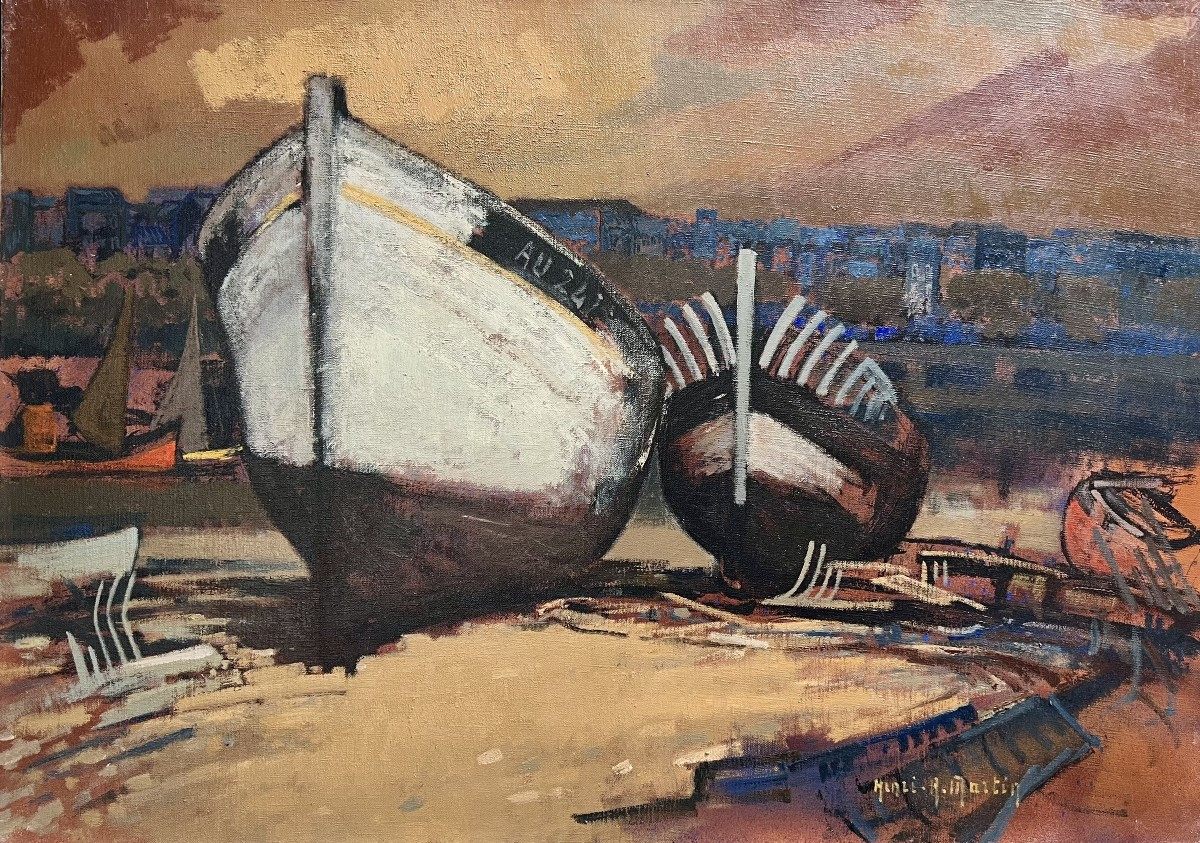
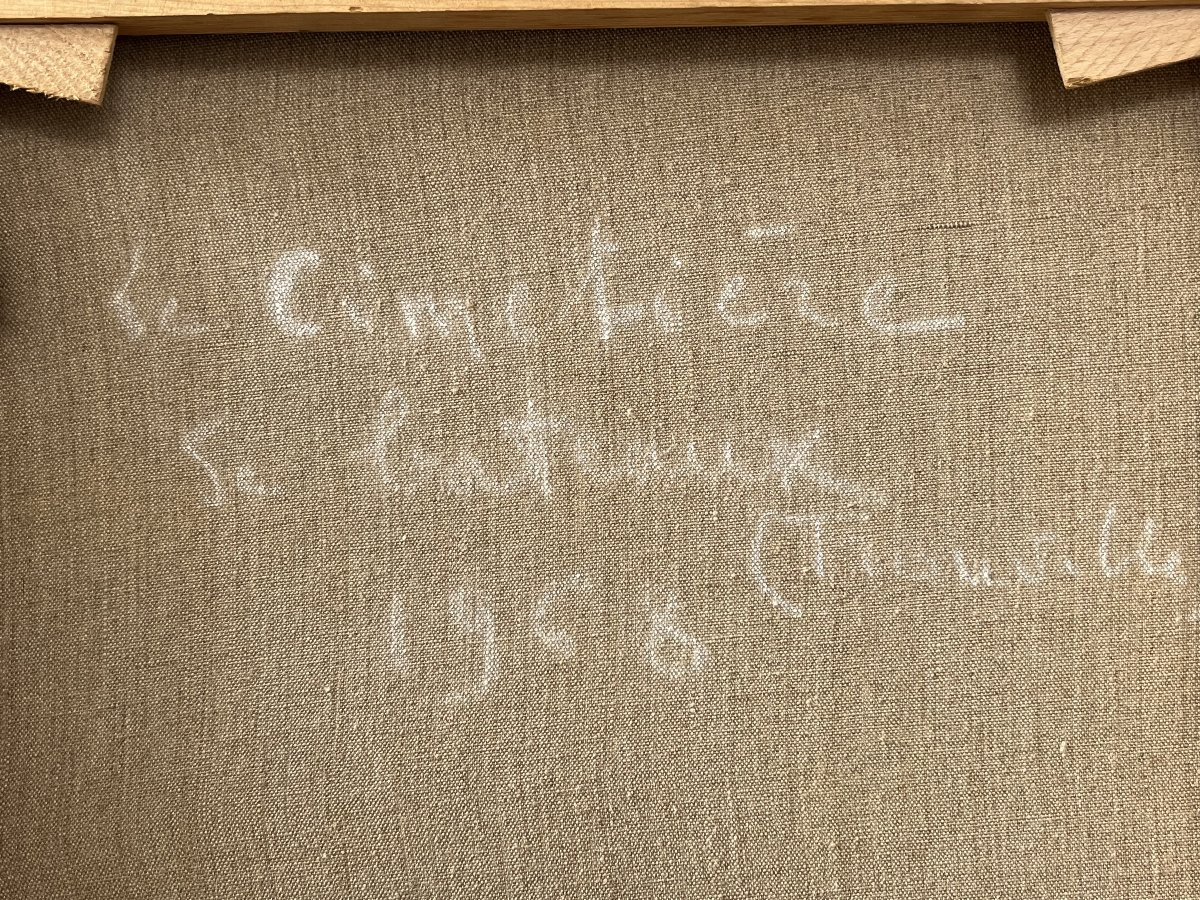
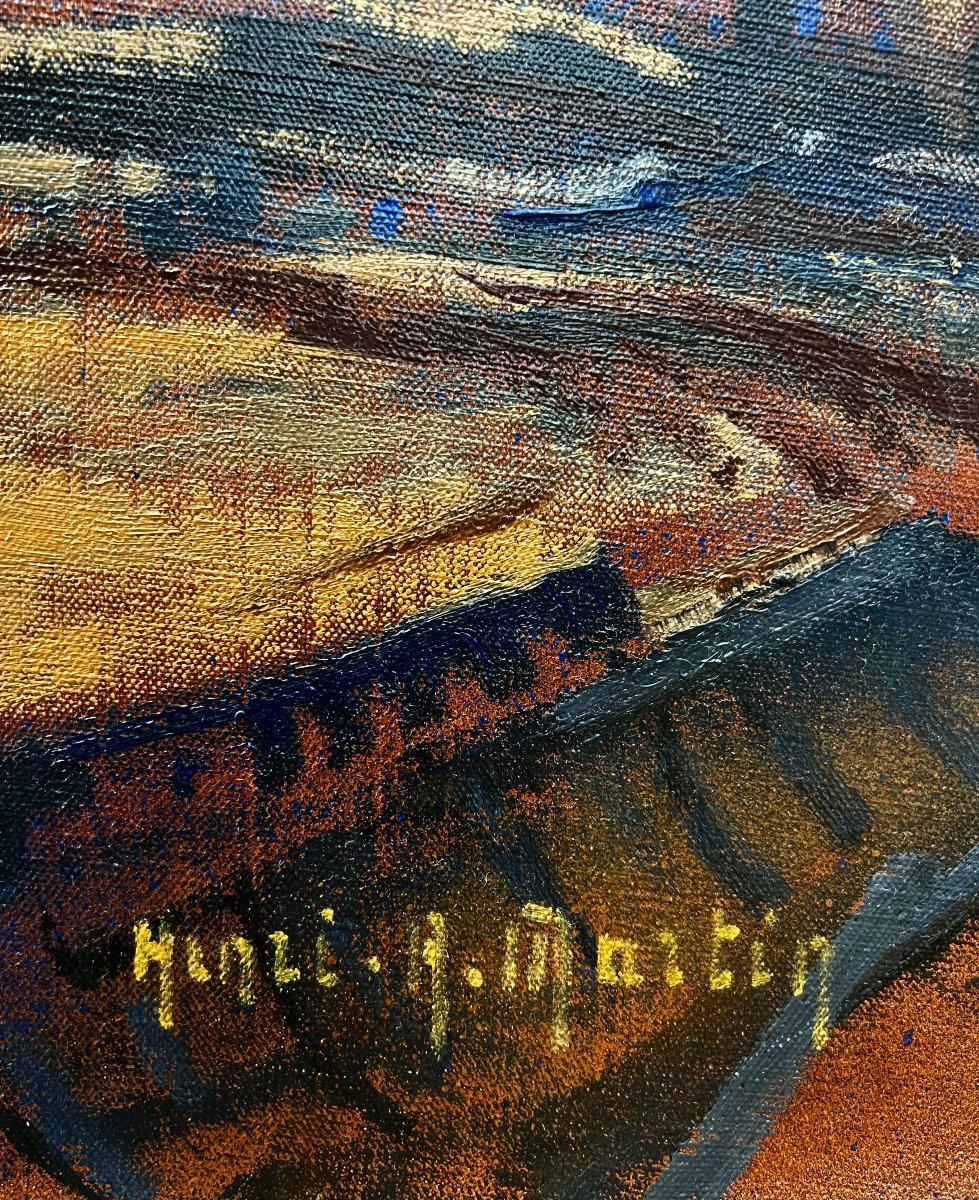
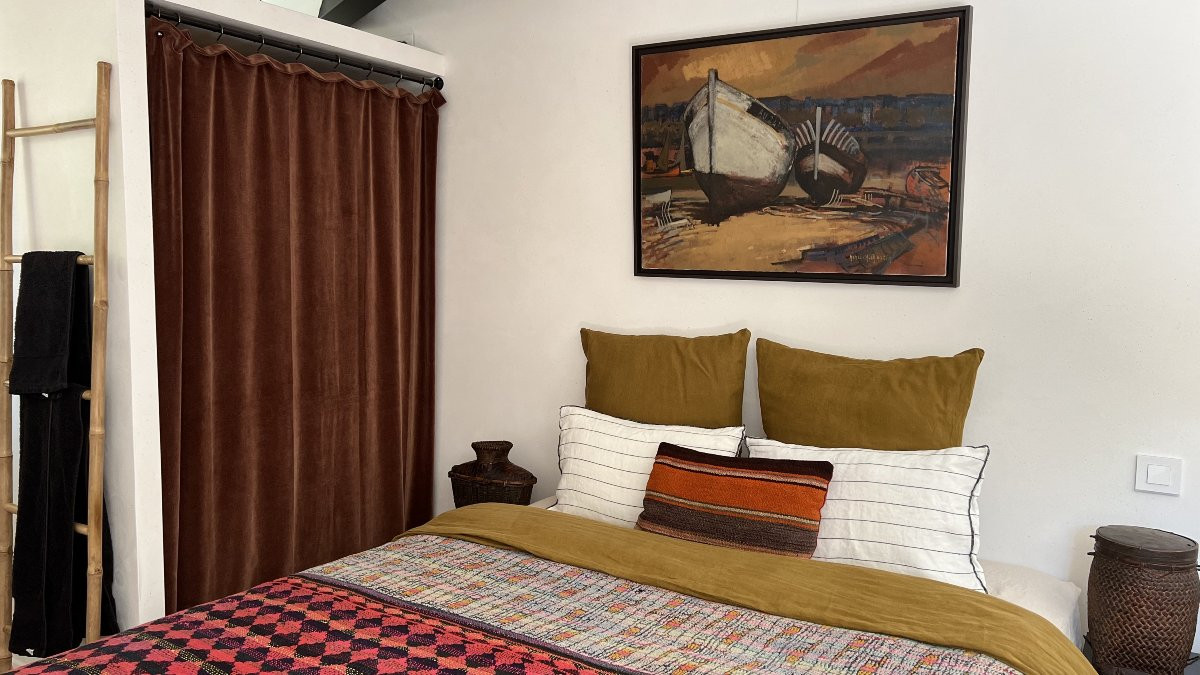
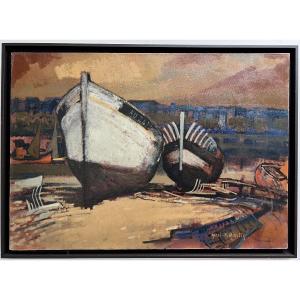





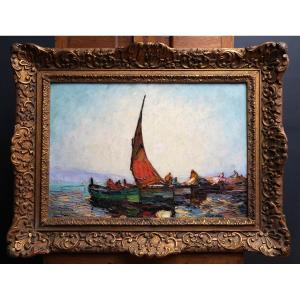
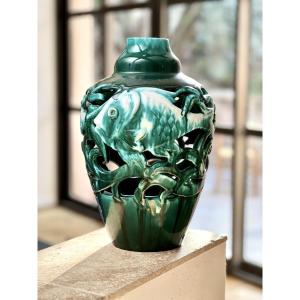
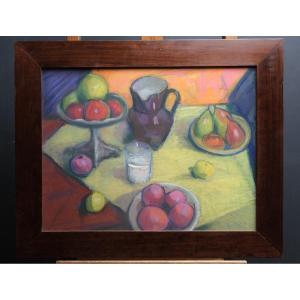
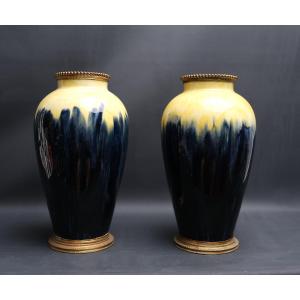


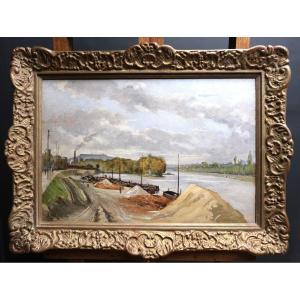
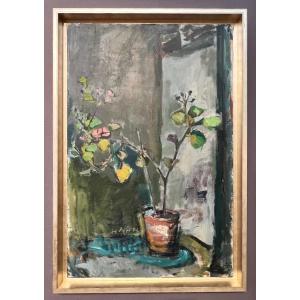
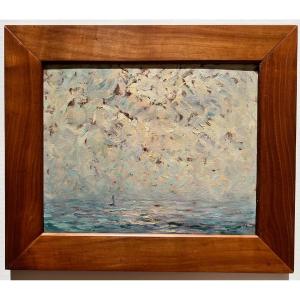
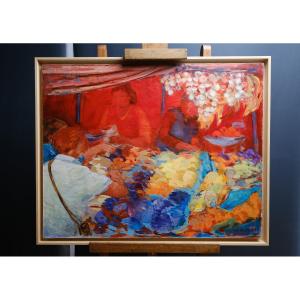
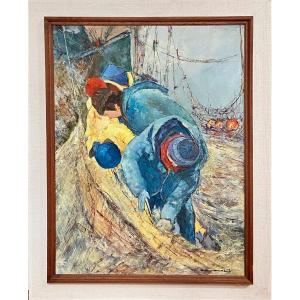
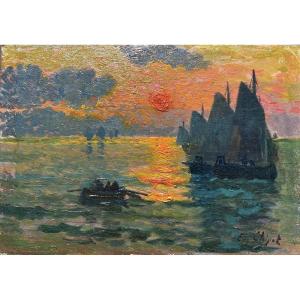
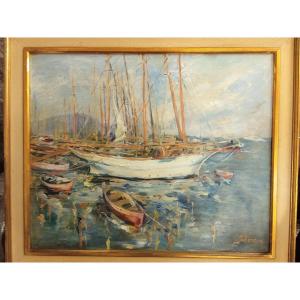





 Le Magazine de PROANTIC
Le Magazine de PROANTIC TRÉSORS Magazine
TRÉSORS Magazine Rivista Artiquariato
Rivista Artiquariato